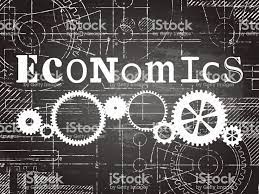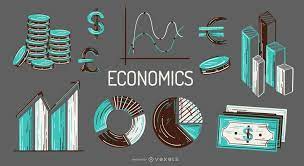U25292 Assignment Sample : ECONOMICS 2022
Rate of interest ( U25292 Assignment Sample : ECONOMICS 2022 )
The rate of interest is defined as an annual rate calculated over the principal amount of a loan taken in terms of money. It is a proportion of loan which is charged as interest to the pledger expressed as a yearly percentage over the outstanding loan. In a nutshell, this refers to an amount that the lenders charge to the borrower when the loan is delivered.
As Opined by Begg et al. (2020), interest rates are of high importance as they serve crucial functions within a market economy. It likely influences the people who borrow money. When the interest rate is high, it provides insight that borrowing money could be expensive. On the other hand, when the interest rate is found to be low, it is understood to be cheaper.
As per the principles of economics, an interest rate is a return on savings that is set by the national bank. It has several microeconomic effects. A rate increase reduces investment and consumption. This is because firms and individuals are inclined more to save profits and wages rather than investing and spending them, as there will be a greater return on savings yearly.

The other effect of the increased rate is raising the cost of borrowing from the banks. This is because the interest rate on repayment will be greater (Cecchetti and Schoenhholtz, 2021). Thirdly, the increased rate encourages foreign investment within domestic markets and firms to enhance. The aim of the rise in interest rates is to reduce inflationary pressure owing to high aggregate demands and to avoid complementary enhancement in the long run.
On the contrary, the aim of a drop in interest rate is to aid economic recovery and give a boost to consumer demand. In addition, it is making exports competitive and encouraging capital investments by the firms.
Determination of rate of interest

Interest rates are generally determined by the central banks in large part who actively commit and hold the responsibility to maintain a target interest rate. The central bank determines the interest rate by negotiating directly within the open market through OMO that refers to open market operations, including selling and buying Treasury securities for influencing the short term rates (Parkin et al. 2007).
Fundamentally there are 12 factors that are taken to determine the rate of interest. They are “credit score, credit history, employment income, loan size, length of term, co-borrowers, documentation available, debt ratio, property type, payment frequency, loan type and loan to value”.
On the contrary, it is found that commercial banks fix their own interest rates following the rules and regulations of the Reserve Bank of India. As different banks have different base rates, their rate can be variable as compared to other banks. It is found that commercial banks have varying interest rates because it decides the rate to which one bank borrows from the central bank.

For example, when the Bank of England opts to change the base rate of commercial banks such as HSBC and Natwest, they will likely alter interest rates as per their accordance.
Reference list
Begg D. Vernasca, G, Fischer, S. and Dornbusch, R. (2020) Economics (12th ed) McGraw-Hill
Cecchetti, S. and Schoenhholtz, K. (2021) Money, Banking and Financial Markets (6th ed).
McGraw-Hill.
Parkin, M., Powell, M. and Matthews, K.G.P., 2007. Economics. Addison-Wesley.
Know more about UniqueSubmission’s other writing services:


